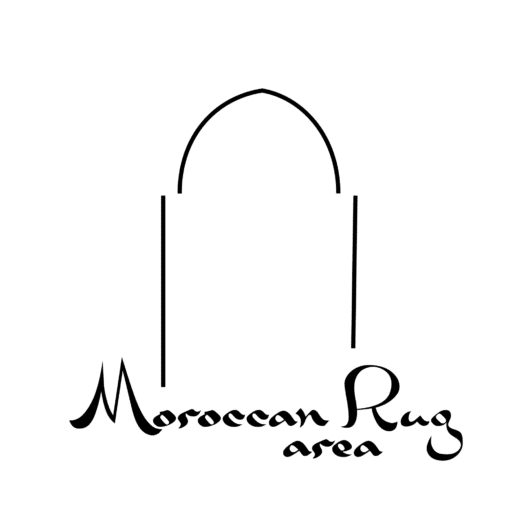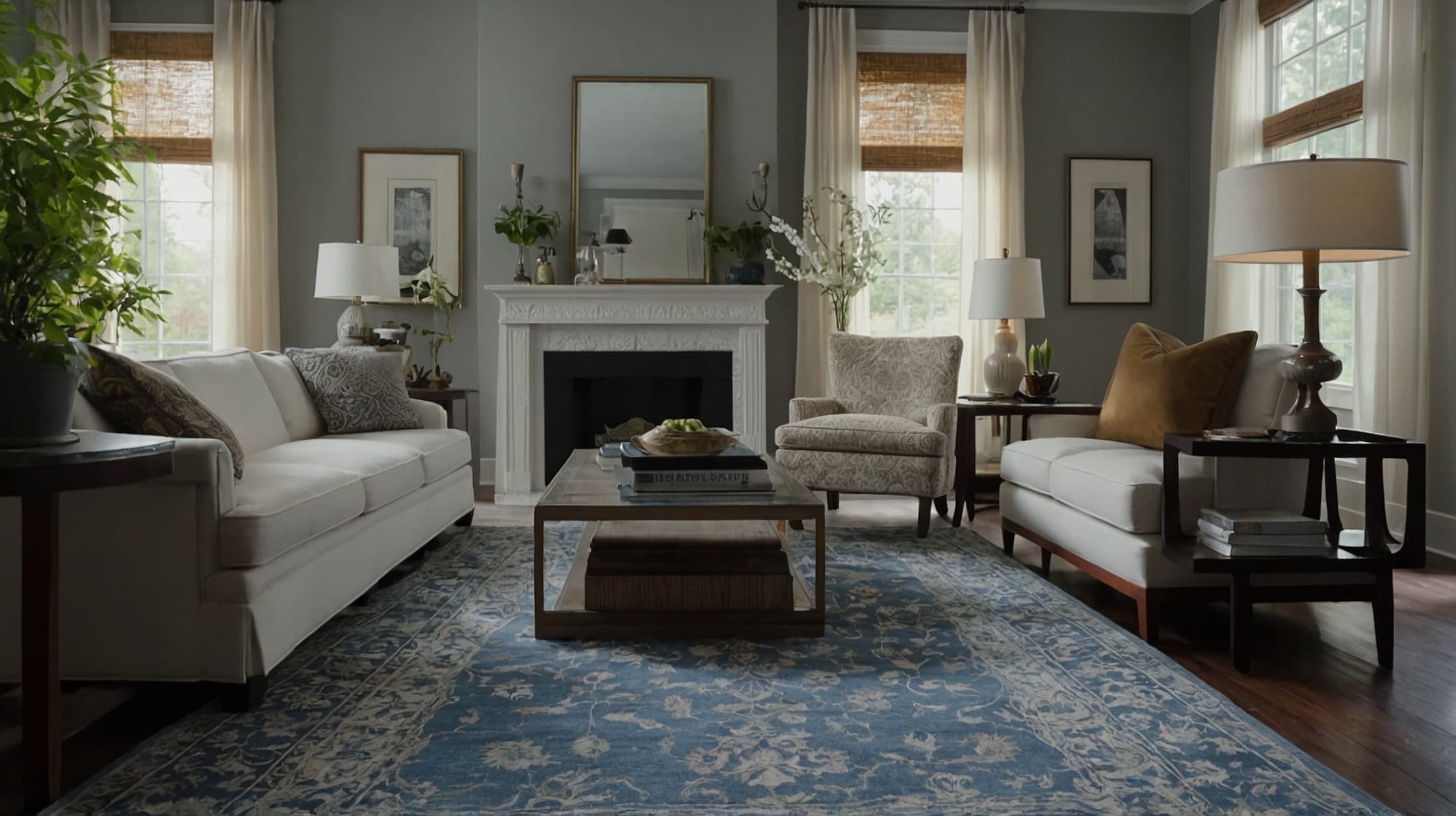Benefits of Area Rugs
Area rugs offer numerous aesthetic and practical benefits for any home. They have the ability to transform a room through color, texture, and style. One of the primary advantages is their versatility in design. Area rugs can complement various decor themes, from contemporary to traditional, adding a cohesive look to the space.
Additionally, area rugs are easy to move and change, making them an excellent choice for those who enjoy redecorating frequently. Unlike wall-to-wall carpeting, which requires professional installation and removal, area rugs can be picked up and relocated without hassle. This mobility also makes it simpler to clean and maintain certain areas of the floor.
In terms of comfort, area rugs contribute significantly by adding a layer of softness underfoot. This can be particularly beneficial in rooms with hard flooring like tile or wood, as the rug provides a cushiony surface that feels more pleasant to walk on. Moreover, they can also serve as thermal insulation, keeping a room warmer in winter and thereby potentially reducing heating costs.
Another notable benefit is sound reduction. Hard flooring can cause echoes and amplification of noises. Area rugs absorb sound, helping to create a quieter and more serene environment. This is especially useful in high-traffic areas or multi-story homes where footfalls can be disruptive.
Safety should not be overlooked either. Area rugs can help prevent slips and falls, providing a non-slip surface that adds traction. This is particularly important in households with children or elderly members who are more prone to accidents.
For pet owners, area rugs can protect flooring from scratches caused by pet claws. They also offer pets a warm, comfortable spot to rest. The rugs can easily be cleaned of pet hair, making maintenance straightforward.
Finally, area rugs provide an opportunity for personal expression. They come in an extensive array of patterns, colors, and materials. Whether it’s an elegant Persian rug or a playful modern design, there’s an option to suit every taste.
All these factors combined make area rugs an invaluable addition to any living space, enhancing both function and form effortlessly.
Versatility in Design
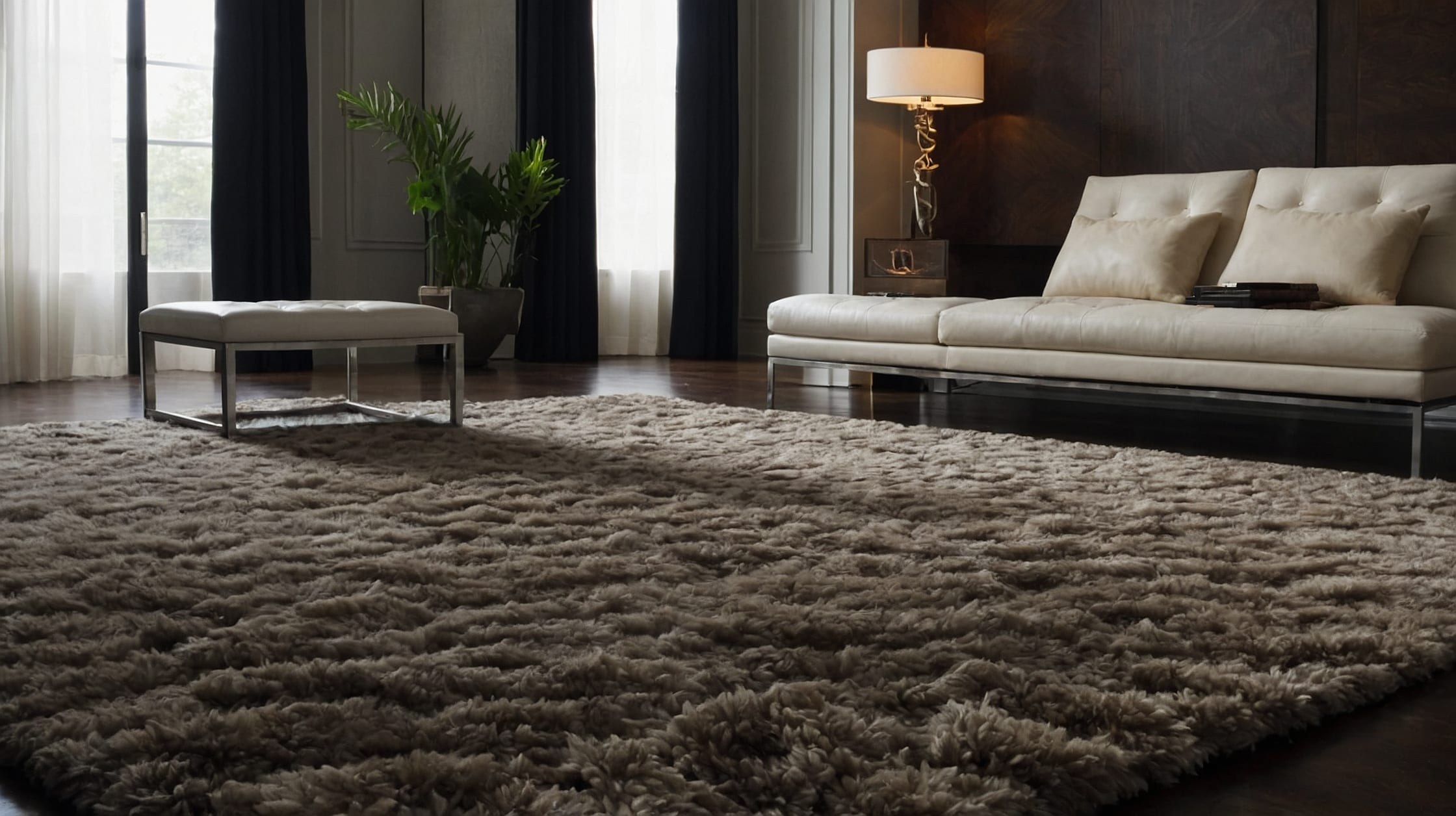
Area rugs come in a variety of designs that can elevate any room’s decor. They range from simple, monochromatic styles to intricate, multi-colored patterns. This diversity allows homeowners to find a rug that perfectly matches their interior theme. Whether the preference is for modern minimalism or classic elegance, there’s an area rug to fit the bill.
The design flexibility extends to materials as well. Wool, cotton, synthetic fibers, and even natural materials like jute are popular options. Each material brings its unique texture and feel, adding another layer of customization. For instance, a wool rug offers warmth and plushness, while a jute rug lends a rustic, earthy touch.
Pattern choices are equally extensive. Geometric shapes, floral motifs, abstract designs, and traditional prints all provide ways to personalize the space. These diverse patterns can serve as focal points or blend seamlessly with existing decor elements. Rugs with bold patterns can make a statement, whereas subtle designs can complement and enhance other furnishings.
Color plays a crucial role in the versatility of area rugs. From neutral tones like beige, gray, and white to vibrant hues like red, blue, and green, the color spectrum is vast. Neutral shades often work well in minimalist settings, while bright colors can bring energy to a room. A well-chosen color can tie together various elements in the decor, providing a harmonious look.
Sizes and shapes further contribute to the adaptability of area rugs. Standard rectangular rugs are common, but round, oval, and even custom shapes are available. This variety allows for creative placement options, whether under a dining table, along a hallway, or in the center of a living room.
Rugs also accommodate different styles of homes—from urban apartments to rustic cottages. They can be layered for added depth or placed alone for a clean appearance. This multifaceted nature makes them an ideal choice for those looking to refresh their home without undertaking major renovations.
The ability to change the ambiance of a room with minimal effort is another notable advantage. Swapping out an existing rug for a new one can instantly revitalize the space. This ease of update encourages experimentation with different looks throughout the year, keeping the home feeling fresh and current.
In essence, area rugs offer unmatched versatility in design. They provide countless ways to customize and enhance living spaces. Their ability to adapt to changing styles makes them a smart investment for any home decorator.
Easy to Move and Change
Area rugs are incredibly easy to move and change, making them a favorite among homeowners. Unlike wall-to-wall carpeting, they do not require professional installation or removal. This flexibility allows one to refresh the look of a room effortlessly.
Area rugs come in various sizes and shapes, so finding a new spot for them is straightforward. Whether it’s a small accent rug for the hallway or a large piece for the living room, changing their placement can redefine a space.
Swapping out an area rug for a different season or occasion is simple. For instance, a homeowner might choose a lighter, more breathable rug in summer and switch to a warmer, thicker one in winter. This ability to adapt to seasonal changes ensures that the home remains comfortable throughout the year.
Ease of mobility also proves beneficial for renters. Unlike permanent flooring solutions, area rugs can be taken along when moving to a new home. They offer an affordable way to personalize any living space, adding warmth and character without permanent alterations.
When rearranging furniture, area rugs can be moved to accommodate new layouts. This adaptability means one can experiment with different room designs without worrying about mismatched flooring. Whether it’s shifting sofas, relocating tables, or adjusting decor elements, the rug can easily be repositioned to complement the new arrangement.
Cleaning and maintenance also become simpler with area rugs. Smaller rugs can be shaken out or even machine washed, depending on the material. Larger ones can be rolled up and taken outside for cleaning or sent to a professional cleaner if needed. This ease of upkeep ensures they remain in excellent condition for years.
Another advantage is the ability to layer rugs. Layering allows for creative expressions and added texture in a room. If one gets bored with the current look, layering different patterns and textures can give the space a fresh update without purchasing new rugs.
Moreover, the lightweight nature of many area rugs makes them easy to handle. This feature is particularly useful for those who frequently host gatherings or events at home. Rugs can be temporarily removed to protect them from potential stains or damage, ensuring long-term durability.
In summary, area rugs offer unmatched ease of movement and adaptability. Their lightweight design and simple upkeep make them practical for both temporary and permanent living spaces. They provide an effortless solution for those looking to refresh their home environments regularly.
Different Types of Area Rugs
Indoor vs. Outdoor Area Rugs
Indoor area rugs are designed for comfort and style. They often come in plush materials such as wool, cotton, or synthetic fibers. These rugs add a cozy feel to spaces like living rooms, bedrooms, and dining areas. They can feature intricate patterns, vibrant colors, or subtle textures to match any decor.
Outdoor area rugs are made to withstand the elements. They are crafted from durable materials like polypropylene or polyester. These rugs resist moisture, fading, and mildew, making them perfect for patios, decks, or pool areas. Despite their durability, they provide style and comfort similar to indoor options.
Custom Size and Shape Options
Custom-sized area rugs offer flexibility for unique spaces. Homeowners can order rugs to fit specific dimensions, whether they need a small rug for an entryway or a large one for an open-plan living area. This ensures a perfect fit without the hassle of compromising on size.
Area rugs are not limited to rectangles. Custom shapes such as circles, ovals, and runners cater to different room layouts. A circular rug can add interest to a seating area, while a runner is ideal for hallways and narrow spaces. Custom shapes allow for creative design choices that enhance a home’s aesthetic.
Material Varieties
Wool area rugs are known for their durability and softness. They are naturally stain-resistant and maintain their appearance over time. Wool is an excellent choice for high-traffic areas like living rooms and hallways.
Cotton area rugs are lightweight and easy to clean. They work well in casual settings like kitchens and children’s rooms. Cotton offers a soft texture at an affordable price point.
Synthetic fiber rugs, such as those made from nylon or polyester, offer durability and stain resistance. These materials mimic the look and feel of natural fibers at a lower cost. They are ideal for homes with pets or small children due to their easy maintenance.
Eco-Friendly Options
Bamboo and jute area rugs are eco-friendly choices. Bamboo rugs offer a sleek, modern look and are incredibly durable. Jute rugs provide a rustic, natural appearance and are biodegradable. Both options appeal to environmentally conscious homeowners seeking sustainable decor solutions.
Handmade vs. Machine-Made
Handmade area rugs offer unique craftsmanship and quality. Each piece is distinct, often showcasing traditional techniques passed down through generations. These rugs can be heirloom pieces that add character and value to a home.
Machine-made area rugs provide consistency in pattern and color. They are usually more affordable than handmade options. With advanced technology, machine-made rugs can replicate intricate designs, giving homeowners a budget-friendly way to enjoy stylish flooring solutions.
Indoor vs. Outdoor Area Rugs
Indoor area rugs transform a home’s interior. Made from materials like wool, cotton, and synthetic fibers, they offer comfort and style. Wool rugs are plush and warm, ideal for living rooms and bedrooms. Cotton rugs are light and versatile, suitable for kitchens or kids’ rooms. Synthetics provide durability and affordability, perfect for high-traffic areas.
These rugs are available in various patterns and colors. From intricate designs to simple textures, they can match any decor. Indoor rugs also provide sound insulation, reducing noise in bustling households.
Outdoor area rugs serve a different purpose. Crafted from sturdy materials like polypropylene or polyester, they withstand weather elements. These rugs resist moisture, fading, and mildew, making them ideal for patios, decks, and porches. They can stay outside year-round without losing their charm.
Despite their tough nature, outdoor rugs don’t sacrifice style. They come in numerous designs, from bold prints to neutral tones. This creates a seamless transition between indoor and outdoor living spaces.
Cleaning is another consideration. Indoor rugs require more delicate care due to their materials. Regular vacuuming keeps them debris-free. For spills, spot cleaning with mild detergent is usually sufficient. Professional cleaning may be necessary for deep stains or heavy traffic areas.
Outdoor rugs are easier to maintain. They can be hosed down for quick cleaning. For tougher grime, mild soap and a soft brush do the trick. This ease of maintenance makes them perfect for families with children or pets who love spending time outside.
Placement also matters. Indoor rugs often anchor furniture arrangements. A living room rug can tie together sofas and coffee tables, creating a cohesive look. In bedrooms, they add warmth underfoot when placed beside the bed.
Outdoor rugs define spaces too. They mark dining areas on a deck or lounging spots by the pool. By sectioning off these areas, they make outdoor spaces feel more organized and inviting.
In summary, while indoor rugs focus on comfort and design, outdoor rugs emphasize durability without compromising aesthetics. Selecting the right type enhances both indoor coziness and outdoor resilience. The choice ultimately depends on where you need the rug and how it will be used, ensuring that each space is both functional and stylish.
Custom Size and Shape Options
Area rugs come in a variety of sizes and shapes tailored to fit any space. Whether someone has a small apartment or a sprawling home, there’s an area rug to suit their needs.
Rectangular rugs are the most common shape. They work well in living rooms, dining rooms, and bedrooms. Runners, long and narrow, are perfect for hallways and entryways. Round rugs add a unique touch. They soften the look of rooms with harsh angles and are excellent for under round dining tables or as accent pieces.
For those who need something different, custom-sized and shaped rugs are an option. Tailoring a rug to specific dimensions ensures a perfect fit. This is especially useful for oddly shaped rooms or areas with unique layouts. Customization allows homeowners to define unique spaces within larger rooms effectively.
Oval and square rugs also offer interesting alternatives. Oval rugs bring a dynamic flow to sitting areas or breakfast nooks. Square rugs, on the other hand, can emphasize symmetrical furniture arrangements. They’re ideal for balancing out square-shaped rooms. By choosing custom options, decorators can explore these non-traditional shapes.
Materials also play a role in customization. Wool, cotton, jute, and synthetic fibers each have distinct textures and appearances. By selecting high-quality materials, homeowners ensure that the custom rug not only fits but enhances the room’s aesthetics.
Edge finishes are another customizable feature. Rugs can have serged edges for a tailored look or fringed edges for a more casual appearance. The binding color can also be matched to the room’s decor, providing a polished final touch.
Custom area rugs don’t just offer size and shape flexibility; they allow for personalized design choices too. From choosing exact color shades to specifying patterns, each rug can reflect the homeowner’s personal style. This prevents settling for close-to-perfect store-bought options, ensuring that the rug is exactly as envisioned.
The price of custom rugs can be higher compared to standard options, but the results are usually worth it. A custom rug promises a bespoke fit and an exclusive feel. Investing in one can elevate the atmosphere of any space.
In summary, custom-sized and shaped area rugs offer unparalleled flexibility and personalization. Selecting the right dimensions, shapes, materials, and finishes ensures the perfect addition to any home, making the living environment both functional and stylish.
How to Choose the Perfect Area Rug
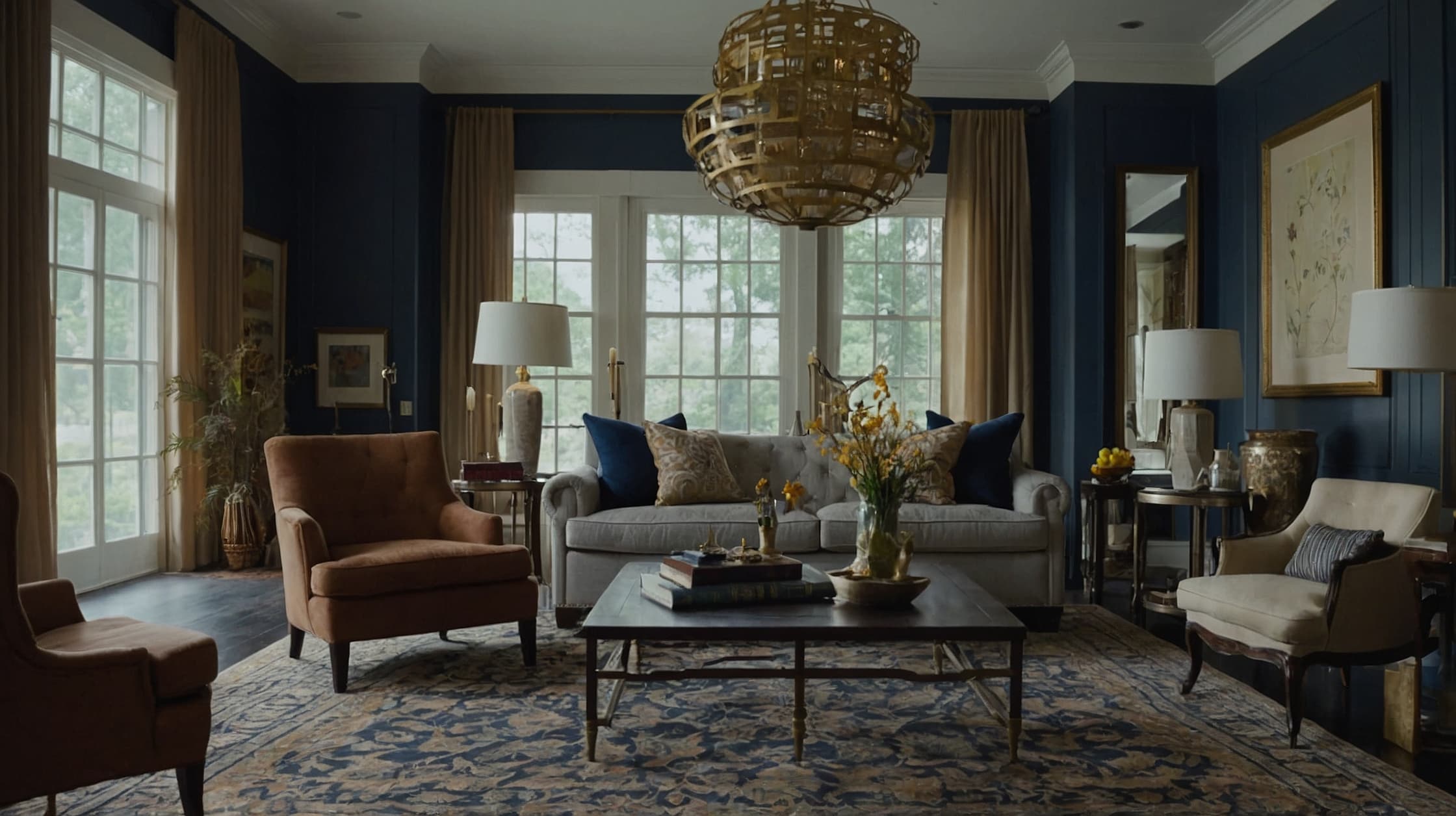
Considering Your Space
When selecting an area rug, it’s crucial to evaluate the space. Measure the room accurately to avoid mistakes. Think about how the rug will fit alongside furniture. A small rug can look lost in a large room, while a big one might overwhelm a small space.
The function of the room also matters. High-traffic areas need rugs made from durable materials. Living rooms and dining areas benefit from stain-resistant options. Bedrooms, on the other hand, can accommodate softer, more luxurious textures.
Additionally, take note of the room’s shape. Rectangular rooms typically work best with rectangular rugs. Round or square rooms offer more flexibility with shapes. This ensures the rug complements rather than clashes with the room’s layout.
Matching Your Decor
Next, consider the existing decor. The rug should blend seamlessly with the room’s color scheme and style. Identify whether the room is modern, traditional, or eclectic. This will guide your rug choice.
Color is essential. Neutral-colored rugs provide versatility and can anchor bold furniture pieces. Vibrant rugs, however, can serve as focal points. Patterned rugs should complement existing patterns in the room without overwhelming it.
Don’t overlook texture. Different materials bring unique textures that influence a room’s feel. Wool offers warmth and comfort, ideal for cozy spaces. Jute or sisal adds a natural touch suitable for casual settings.
Finally, contemplate the rug’s finish. Edge treatments impact the overall look. Serged edges offer a clean and polished appearance. Fringed edges present a more relaxed vibe.
Personal style should not be ignored, either. This is an opportunity to showcase individuality in home design. Custom area rugs allow homeowners to tailor every aspect to their liking.
The perfect area rug ultimately balances functionality and aesthetics. By carefully considering space and decor, homeowners can make informed choices. This ensures that the selected area rug enhances the room’s ambiance and fits personal needs. Quality, durability, and design must all align for a successful selection.
Considering Your Space
When selecting an area rug, the first step is to measure the room accurately. Knowing the dimensions will help in choosing a rug that fits well without looking too small or overwhelming. It’s essential to consider the placement of furniture as well. An area rug should ideally fit all the front legs of key furniture pieces to create a cohesive look.
For high-traffic areas like living rooms or hallways, durable materials are a must. Wool and synthetic blends stand up well to wear and tear. In contrast, bedrooms can be adorned with softer, plush options since they receive less foot traffic. Each room has its specific needs based on usage patterns.
The shape of the room is another critical factor. Rectangular rugs naturally fit in rectangular rooms, while round rugs can define a cozy spot in a square room or under a round table. Custom-shaped rugs offer a tailored solution for unique spaces. Choosing the right shape ensures the rug enhances rather than disrupts the room’s layout.
Lighting also plays a significant role. Natural light can make colors appear differently throughout the day, so it’s wise to view rug samples under various lighting conditions. Brightly lit rooms can handle darker or bolder colors without feeling cramped, while darker rooms might benefit from lighter shades to create an airy feel.
Another important aspect is to think about how the rug interacts with the flooring. A rug pad underneath not only keeps the rug in place but also adds cushioning and extends its life. It can protect both the rug and the floor beneath from wear and scratches.
Personal habits and family dynamics should also be considered. Homes with pets or young children may need stain-resistant and easy-to-clean options. High-pile rugs might look luxurious but could be challenging to maintain if spills are frequent.
By keeping these factors in mind, one can make an informed decision that balances both functionality and aesthetics. A well-chosen area rug can tie a room together, add comfort, and even define spaces within an open floor plan. Careful consideration ensures that the selected rug enhances the overall ambiance of the home, meeting both practical and aesthetic needs.
Matching Your Decor
Matching an area rug to the decor involves thoughtful consideration of colors, patterns, and styles. The first step is to assess the room’s existing color palette. Coordinating the rug with wall colors, furniture, and accessories creates a harmonious look. For a balanced aesthetic, homeowners should choose rugs that either complement or contrast tastefully with these elements. For instance, a room with neutral walls might benefit from a bold, patterned rug that adds visual interest.
Pattern selection also plays a crucial role. In modern or minimalist spaces, simple designs like stripes or geometric patterns can maintain the clean lines and uncluttered feel. Conversely, traditional rooms often call for classic motifs such as florals or paisleys that add elegance. Mixing and matching textures is another way to enrich the decor. A plush rug can introduce a layer of coziness to sleek leather furniture, while a flatweave rug offers subtle sophistication against a backdrop of textured fabrics.
The style of the rug should reflect the overall theme of the room. For coastal-themed spaces, rugs with a nautical design or in shades of blue and white work well. Rustic or farmhouse interiors can be enhanced with natural fiber rugs like jute or sisal. Meanwhile, contemporary homes might favor abstract patterns or solid colors in striking hues. When there are multiple patterns in a room, it’s crucial to find a balance to avoid visual clutter. A solid-colored rug can ground a space with busy wallpaper or upholstery.
Lighting further influences how an area rug interacts with the decor. Well-lit rooms can afford darker or more vibrant rugs without overpowering the space. In rooms with limited natural light, lighter colored rugs can brighten the area and create an open feel. It’s important to see how a rug sample looks in various lighting conditions before making a final decision.
Lastly, considering the scale and proportion ensures that the area rug complements rather than competes with other elements in the room. A large rug in a small room can overwhelm, while a too-small rug might seem insignificant. Ensuring that the rug fits well within the layout of the furniture helps achieve a cohesive and well-designed space.
By carefully evaluating these factors, one can select an area rug that not only matches but enhances the existing decor, adding both style and comfort.
Maintaining and Cleaning Area Rugs
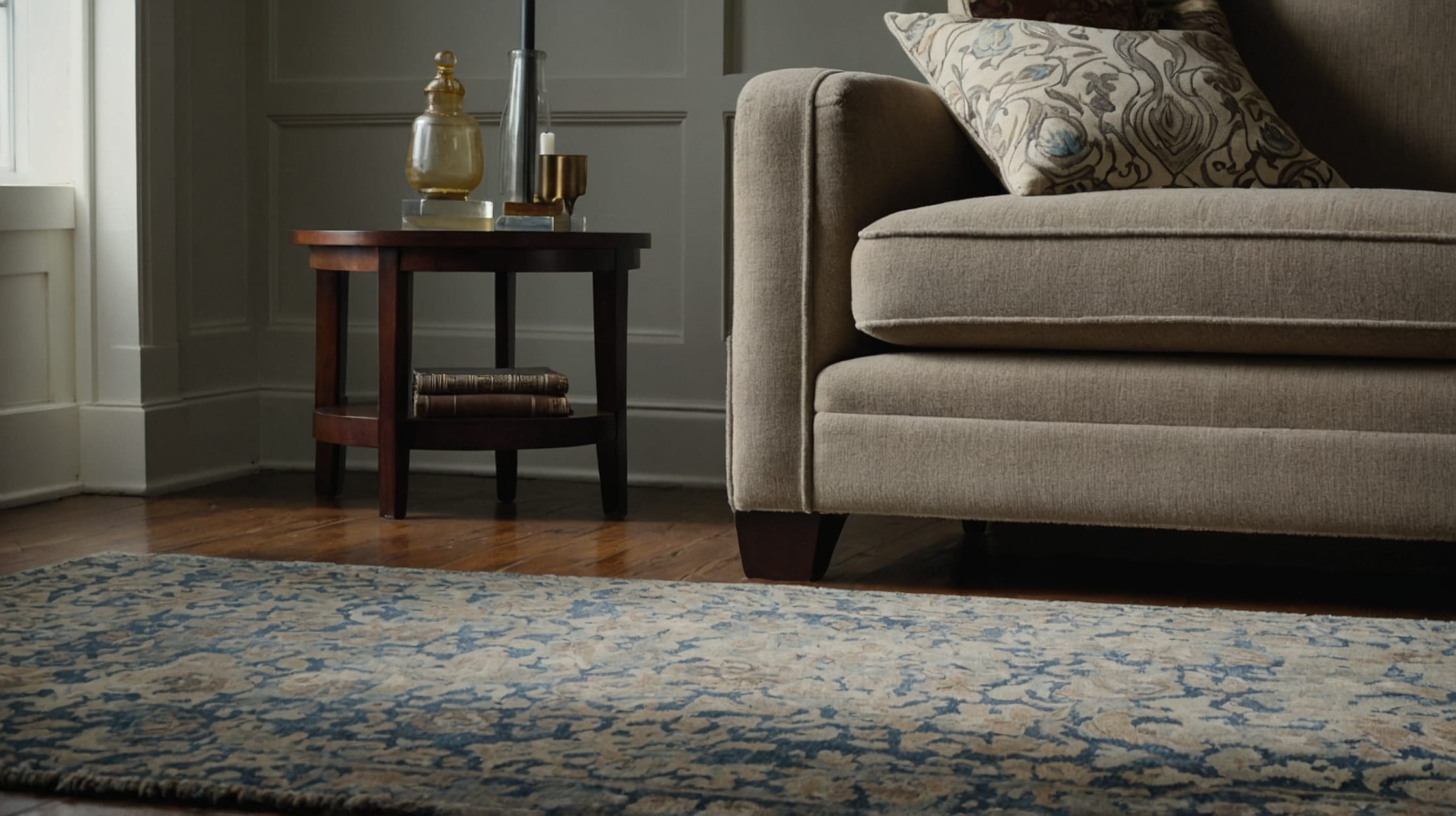
Regular Care Tips
Regular maintenance is essential to keep an area rug looking its best. Vacuuming frequently helps remove dirt and dust. Using a vacuum with a brush roll or beater bar can be more effective, especially on high-pile rugs. It’s smart to vacuum both sides, ensuring no debris is trapped. Rotating the rug every few months ensures even wear. This prevents specific areas from becoming more worn down than others.
Spills should be addressed immediately. Blotting, rather than rubbing, absorbs the liquid without spreading it. A clean, white cloth works best for this purpose. Should a stain occur, it’s advisable to use a mild detergent or a mixture of water and vinegar. Testing the cleaning solution on a small, inconspicuous area first ensures it won’t harm the rug’s fibers or colors.
Using a rug pad underneath not only adds comfort but also prevents slipping and reduces wear. Additionally, it shields floors from potential scratches and prolongs the rug’s lifespan.
Deep Cleaning Techniques
While regular care is crucial, occasional deep cleaning rejuvenates an area rug. For a thorough clean, professionals often recommend steam cleaning. Steam cleaning effectively removes deep-seated dirt and allergens. It’s best left to professionals, especially for delicate or antique rugs.
An alternative method is dry cleaning with specialized compounds that attract dirt. After application, these compounds are vacuumed up along with the dirt particles. This method is gentle and suitable for various rug types.
For those who prefer DIY solutions, hand washing might be an option. Rugs made of natural materials can often endure being washed with mild soap and water. However, it’s crucial to rinse thoroughly and ensure complete drying to prevent mildew.
Sunlight can help maintain freshness but should be used sparingly. Prolonged exposure can fade colors. If possible, air out the rug in indirect sunlight.
In cases of uncertainty about how to clean specific types of area rugs, consulting a professional cleaner ensures the best care. Proper maintenance and periodic deep cleaning keep an area rug vibrant and extend its life.
By following these care practices, an area rug remains a beautiful and functional part of home decor for years.
Regular Care Tips
Regular maintenance is key to keeping an area rug in top condition. Vacuuming frequently removes dirt and dust that accumulate. To achieve the best results, a vacuum with a brush roll or beater bar is ideal, particularly for high-pile rugs. Both sides should be vacuumed to ensure thorough cleaning. Regular rotation of the rug every few months can prevent uneven wear.
Swift action on spills is essential. Blotting the spill with a clean, white cloth helps absorb the liquid without spreading it further. It is important to blot rather than rub. For stains, a mild detergent mixed with water or a water-vinegar solution can be effective. Testing the cleaning solution on a small, less visible area first can prevent potential damage to the fibers or colors.
Using a rug pad provides multiple benefits. It adds comfort underfoot, prevents slipping, and reduces wear on the rug’s underside. Additionally, a rug pad can protect floors from scratches and contribute to the longevity of the rug.
To maintain an area rug’s appearance, avoiding direct sunlight is advisable. Prolonged exposure can cause colors to fade over time. However, occasional airing out in indirect sunlight helps freshen up the fibers.
Gently brushing high-pile rugs can help maintain their lushness. Combing with a soft-bristled brush removes any tangles or flat spots, keeping the pile looking even and vibrant.
Pet owners can benefit from regular vacuuming as it helps manage pet hair and dander. Sometimes, using a lint roller can capture hair more effectively from certain rug materials.
Foot traffic areas require special attention. Placing mats or small rugs near entry points can catch dirt before it reaches the main area rug.
In summary, maintaining an area rug isn’t complex but requires consistency. Frequent vacuuming, quick spill responses, periodic rotations, and avoiding direct sunlight are practical steps anyone can follow. These routine practices ensure the rug remains a beautiful and lasting addition to home decor.
Deep Cleaning Techniques
Deep cleaning an area rug ensures it stays fresh and hygienic. It is more intensive than regular care and requires specific techniques. Professional cleaning services can be invaluable for this purpose. They possess the right equipment and expertise to handle even the most delicate rugs.
Homeowners can also perform deep cleaning themselves if they follow certain steps. First, shaking the rug outdoors can remove loose dirt and dust. Using a sturdy shaking motion is effective but should be done gently to avoid damage.
Next, a thorough vacuuming on both sides is essential. This step removes embedded particles that shaking alone cannot dislodge. For high-pile rugs, using a vacuum with strong suction power is recommended.
The actual cleaning process begins with choosing the right cleaning solution. Many commercial rug shampoos are available, but a mild detergent mixed with water can also work well. Testing the solution on a small, inconspicuous area first ensures there will be no damage to the fibers.
Once the solution is ready, applying it with a clean sponge or soft brush is essential. Working in small sections helps maintain control. It’s crucial to use gentle strokes to avoid harsh scrubbing, which can fray the fibers. Rinsing the rug thoroughly with water removes soap residues that can attract more dirt if left behind.
After rinsing, removing as much water as possible is vital. This can be done by rolling the rug into a towel or pressing it firmly against another dry surface. Both techniques help absorb excess moisture.
Finally, drying the rug completely is critical to prevent mold and mildew growth. Hanging it in a well-ventilated area or laying it flat in direct sunlight are effective methods. Placing fans nearby can speed up the drying process, ensuring that the rug dries evenly.
Deep cleaning should be performed periodically, typically once or twice a year, depending on foot traffic and exposure to dirt. Following these techniques can keep any area rug looking vibrant and extending its life span significantly.
